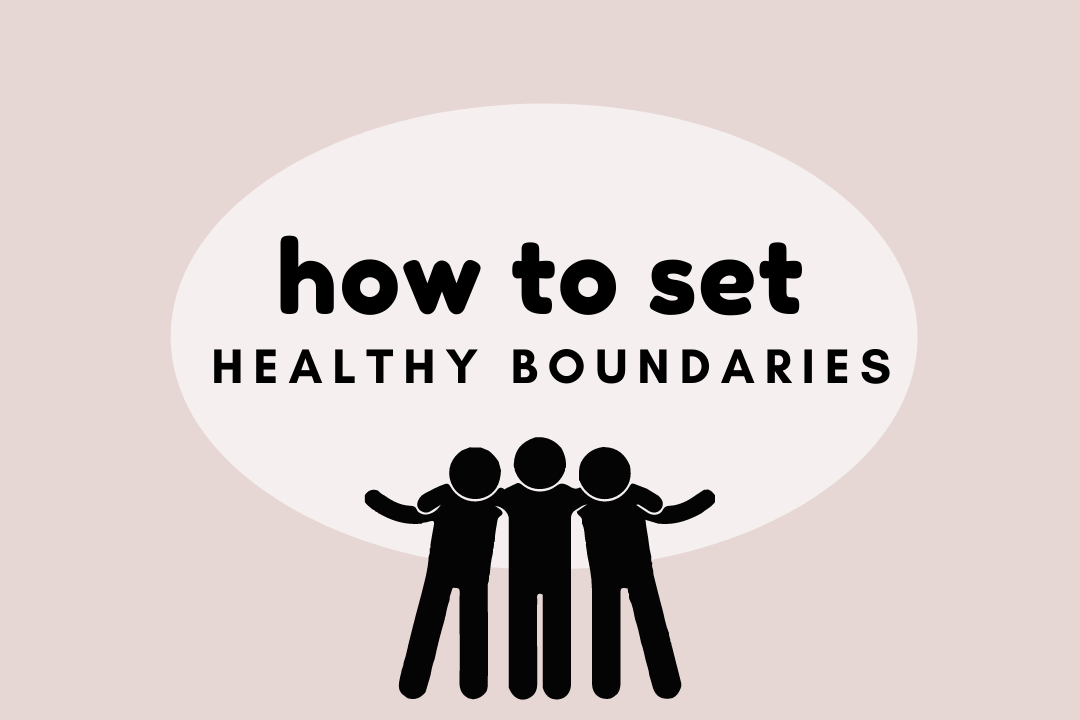
Because Valentine’s Day has just passed and love is in the air, I wanted to take the time to discuss what healthy relationships look like and how to create healthy boundaries.
No matter the relationship—friendship or other—boundaries are essential to establishing healthy communication patterns. So, let’s learn about healthy relationships!
I spoke with Susan Chamberlain, a licensed psychologist and the Interim Associate Director of Training at the University of Utah Counseling Center, about boundaries. The media often portrays the “perfect relationships” as people with little to no space between one another, boundaries nonexistent. This is not a good reflection of a healthy relationship.
Chamberlain explains boundaries saying, “The way that I think about boundaries is by thinking about what you love, what matters to you, what you spend your time on and all the things that are important to you. There is one rule in any relationship: they have to be respected,” It’s okay to ask for space, and it’s okay not to share every second of the day with someone!
What Even Are Boundaries?
Basically, boundaries are limits set by a person to let others know what they are or are not comfortable with. Setting healthy boundaries creates a foundation for any kind of relationship, whether that be friendship, significant other or even familial. Boundaries can be as firm or as flexible as a person needs or wants them to be.
There are a few different types of boundaries. Here are the basics:
- Physical Boundaries: Boundaries that ensure physical safety and comfortability around someone.
- Time Boundaries: Boundaries for how much time is spent with someone, how much time is spent doing schoolwork or other time managing personal needs. Creating time boundaries can be important to time management.
- Conversational Boundaries: Boundaries that explain what someone may be comfortable or uncomfortable speaking about and for how long. This can include topics such as politics, religion or other subjects that may be sensitive for someone.
- Relationship Boundaries: Boundaries like these are specific to the relationship between two or more people. This can be a friendship, a family relationship or a significant other. These are boundaries agreed upon by both partners.
Why Are Boundaries Important?
Boundaries are important because they ensure that trust can be built with other people and yourself. Many people blame their lack of trust on other people when that isn’t necessarily the case. “The reality is that at the root of this problem is that we don’t trust ourselves to hold our boundaries and keep ourselves safe,” Chamberlain said.
How Do I Set Healthy Boundaries?
Setting healthy boundaries is as simple as communicating feelings and thoughts to another person. Something as simple as, “I feel uncomfortable when _____ happens,” can be the first step in creating healthy boundaries.
Another crucial part of creating boundaries is learning to say no to people. It’s okay not to do everything or be everything for someone, and there’s no need to explain why.
Assert yourself and be consistent in how you enforce your boundaries. These metaphorical lines you draw for yourself deserve to be observed and respected.
To learn more about boundary setting and relationships, visit The No BS Guide to Protecting Your Emotional Space.
